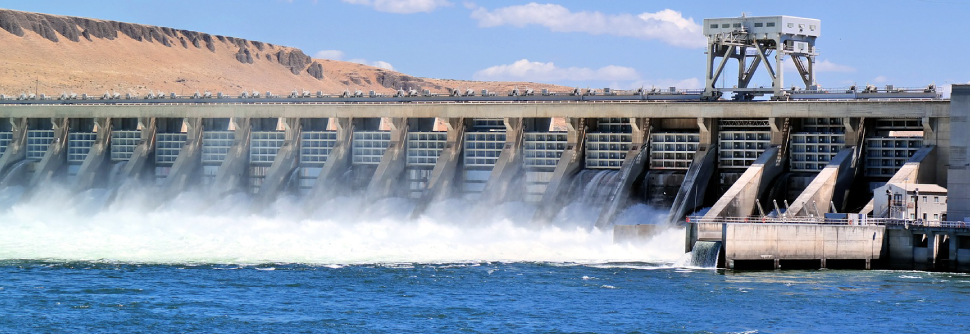Financial Implications of Climate Change on Aging Infrastructure: Assessing the Exposure of Dams
The increasing frequency and intensity of rainfall arising from climate change can lead to the overtopping and failure of aging dams, in turn leading to a cascading failure of downstream electric power plants, bridges, dams, highways, water treatment plants and other critical infrastructure. The social, financial and environmental impacts are significant. Financial losses can extend well beyond replacement costs, with effects in multiple sectors such as electricity generation, transportation and water supply. And existing dam hazard classifications do not give visibility to the “hazard hotspots” considering these losses.
The Columbia Earth Institute’s Water Center has developed a framework for rapidly assessing the probability and magnitude of dam failures. Their approach provides a preliminary ranking of priority areas of concern and while their research focuses on dams situated in the Cumberland River Bain in the U.S., their findings have broad application and can be generalized to other countries. Their paper helps uncover risks not considered in existing dam classifications or flood risk maps and shows that the inundation product of a dam failure can be much larger and more destructive than currently understood.
This report provides visibility as to the types of risks that could emerge and is an important read for investors, asset managers and insurance providers analyzing portfolio level risk.
The Global Risk Institute provided funding for the research and the preparation of this paper. The authors are independent contributors to the Global Risk Institute. They are solely responsible for the content of the article

